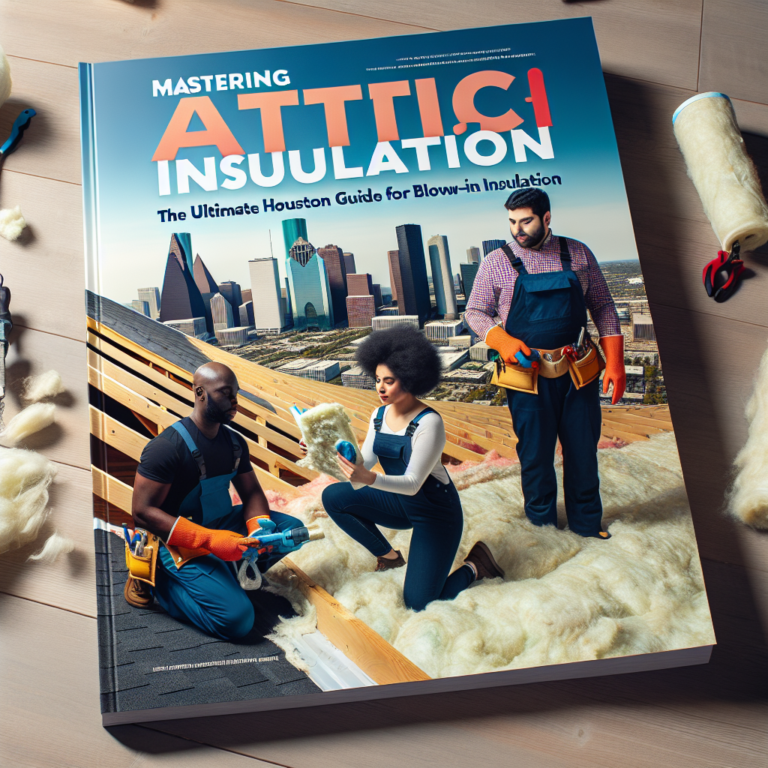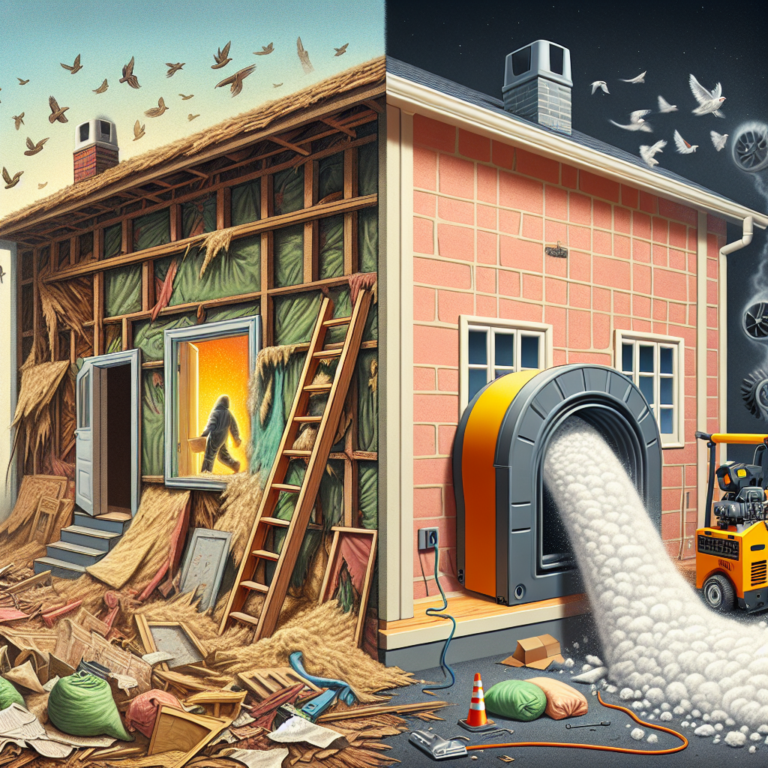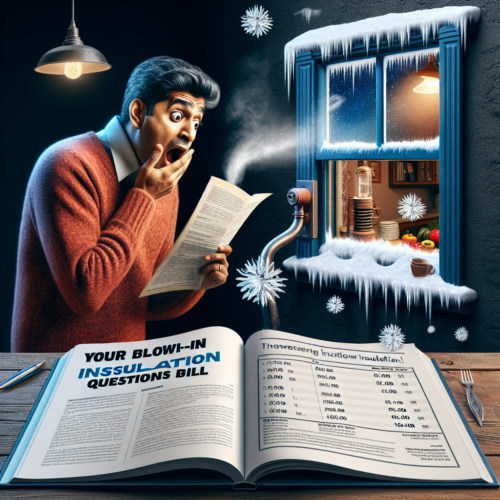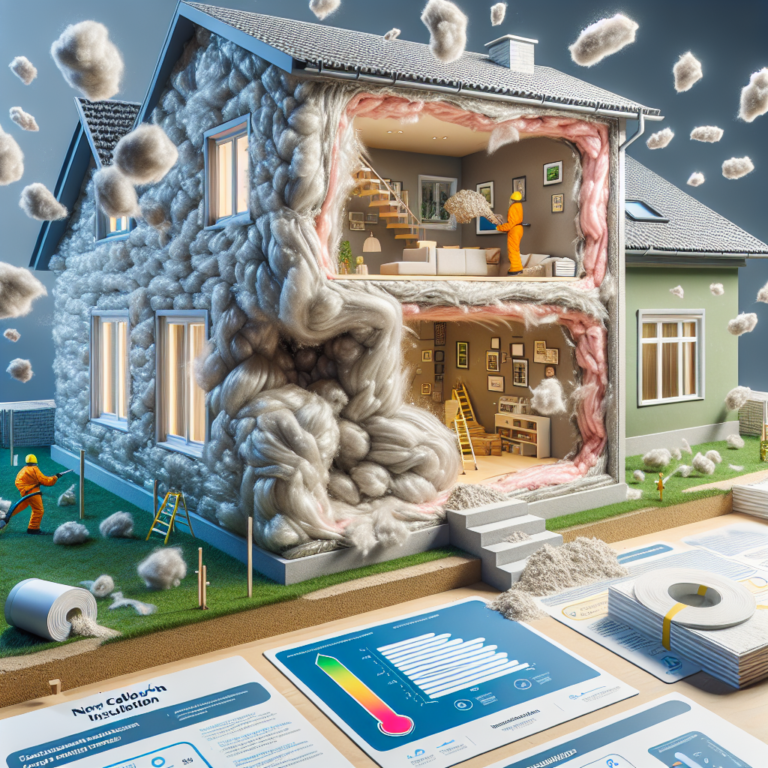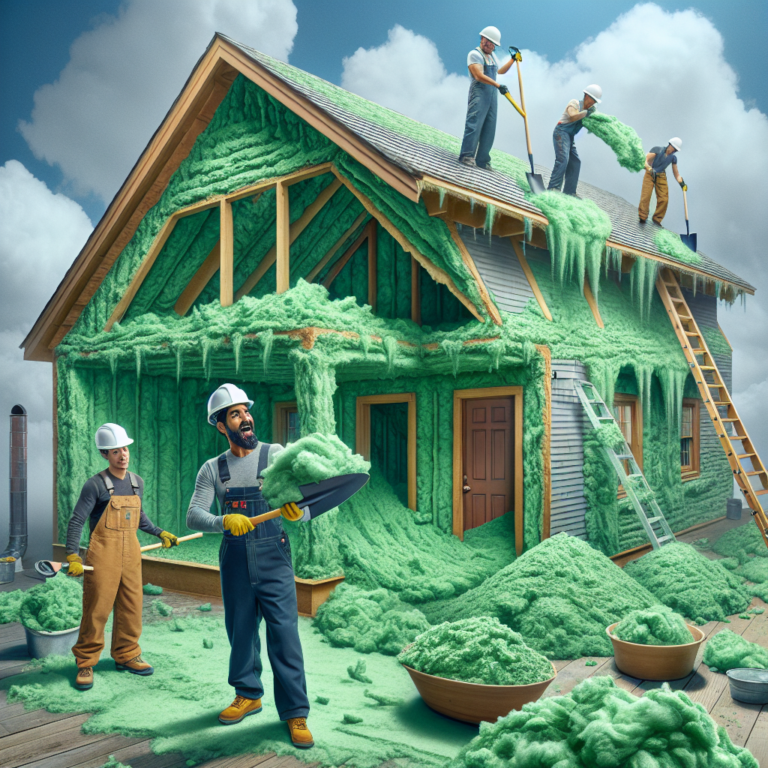Transform Your Home with Affordable Blown In Insulation: Average Price Revealed!
Introduction
Upgrading your home’s insulation is one of the smartest investments you can make. Blown in insulation offers excellent thermal performance, fills hard-to-reach spaces, and can deliver dramatic energy savings. In this article, we reveal the average price for blown in insulation, explain the key benefits, and guide you through choosing the right contractor. Whether you’re tackling an attic, walls, or crawl space, you’ll learn how blown in insulation can transform your comfort and lower your utility bills.
H2: Benefits of Blown In Insulation
1. Superior Coverage
Blown in insulation is applied as loose‐fill material—usually fiberglass or cellulose—blown into cavities, attics, and walls with specialized equipment. Unlike rigid batts, it conforms to odd angles, tight corners, and around pipes or wiring, eliminating gaps that cause air leaks and heat loss.
2. High R-Value per Inch
The R-value measures insulation’s ability to resist heat flow. Blown in insulation boasts competitive R-values, often R-3.2 to R-3.8 per inch, depending on the material. This means you need less thickness to achieve a strong thermal barrier, making it ideal where space is limited.
3. Improved Soundproofing
The dense, irregular layering of loose‐fill fibers absorbs and dampens sound transmission. If you live near busy streets, airports, or noisy neighbors, blown in insulation can help create a quieter, more peaceful interior.
4. Fire Resistance and Mold Prevention
Cellulose blown in insulation is treated with fire-retardant chemicals, while mineral wool options resist flames inherently. Properly installed, it also helps regulate moisture, reducing the risk of mold and mildew growth in attics and walls.
5. Environmentally Friendly Choices
Many blown in products use recycled materials—cellulose often contains up to 85% recycled newspaper, and fiberglass may incorporate post-consumer glass. Choosing these eco-friendly options reduces landfill waste and lowers your carbon footprint.
H2: Factors Affecting the Average Price of Blown In Insulation
1. Insulation Material
– Fiberglass: $0.50–$1.50 per sq ft. Most affordable, moisture resistant.
– Cellulose: $1.00–$2.00 per sq ft. Higher recycled content, superior sound absorption.
– Mineral Wool: $1.50–$3.00 per sq ft. Best fire resistance, higher cost.
2. Area Size and Access
Larger spaces naturally cost more due to increased material and labor. Tight or elevated areas—such as cathedral ceilings or narrow crawl spaces—require more setup time and specialized equipment, adding to labor costs.
3. Existing Insulation Removal
If old insulation is damaged, wet, or contaminated, removal fees can add $0.30–$0.70 per sq ft. Clean removal and disposal ensure the new blown in insulation performs at its best.
4. Regional Labor Rates
Labor costs vary by location. Urban centers and regions with higher living costs may charge $0.50–$1.00 more per sq ft than rural areas. Always request multiple quotes to compare local pricing.
5. Desired R-Value and Layer Depth
Achieving higher R-values means adding more inches of material. A typical attic upgrade to R-49 requires roughly 16–18 inches of cellulose or fiberglass, increasing material costs but maximizing energy savings.
H2: Average Price for Blown In Insulation: What Homeowners Pay
On average, homeowners invest between $1,500 and $3,000 to insulate a 1,000-sq-ft attic with blown in insulation. Typical price ranges:
• 500 sq ft attic: $800–$1,500
• 1,000 sq ft attic: $1,500–$3,000
• Wall cavities (per 1,000 sq ft): $2,000–$4,000
Your exact cost depends on the factors above. Remember that while blown in insulation may have a higher upfront cost than batts, the long-term utility savings often recoup the investment within 3–5 years.
H2: How to Choose the Right Contractor for Your Blown In Insulation Project
1. Verify Licensing and Insurance
Ensure the contractor holds proper state or local licenses and carries liability insurance. This protects you from liability if accidents occur during installation.
2. Check Experience and References
Ask how many years they’ve specialized in blown in insulation. Request customer references or read online reviews to gauge workmanship quality and reliability.
3. Request Detailed Written Estimates
Get at least three quotes, each outlining materials, labor, project timeline, and any removal fees. Compare not only price but equipment quality, warranty offerings, and cleanup services.
4. Inquire About R-Value Guarantees
A reputable installer will guarantee that your finished insulation meets specified R-values. This often includes measuring depth and density after installation.
5. Confirm Cleanup and Caulking Services
Air sealing gaps before insulation and thorough cleanup afterward ensure maximum performance and a neat worksite. Some contractors include these services in their estimate, while others charge extra.
H2: Common Questions about Blown In Insulation
Q1: How long does blown in insulation last?
A1: Properly installed and kept dry, blown in insulation can last 20–30 years or more without settling or performance loss.
Q2: Can I install blown in insulation myself?
A2: Homeowners can rent blowing machines, but professional installation ensures correct density, coverage, and air sealing.
Q3: Will blown in insulation attract pests?
A3: Most materials are treated to resist pests. Proper air sealing and moisture control further discourage rodents and insects.
Conclusion
Blown in insulation delivers outstanding thermal performance, soundproofing, and eco-friendly benefits. While average prices range from $0.50 to $3.00 per square foot, the long-term energy savings and enhanced comfort make it a smart investment. By understanding the factors that affect cost and choosing a qualified contractor, you can transform your home with affordable blown in insulation and enjoy lower energy bills and a cozier living space for years to come.


